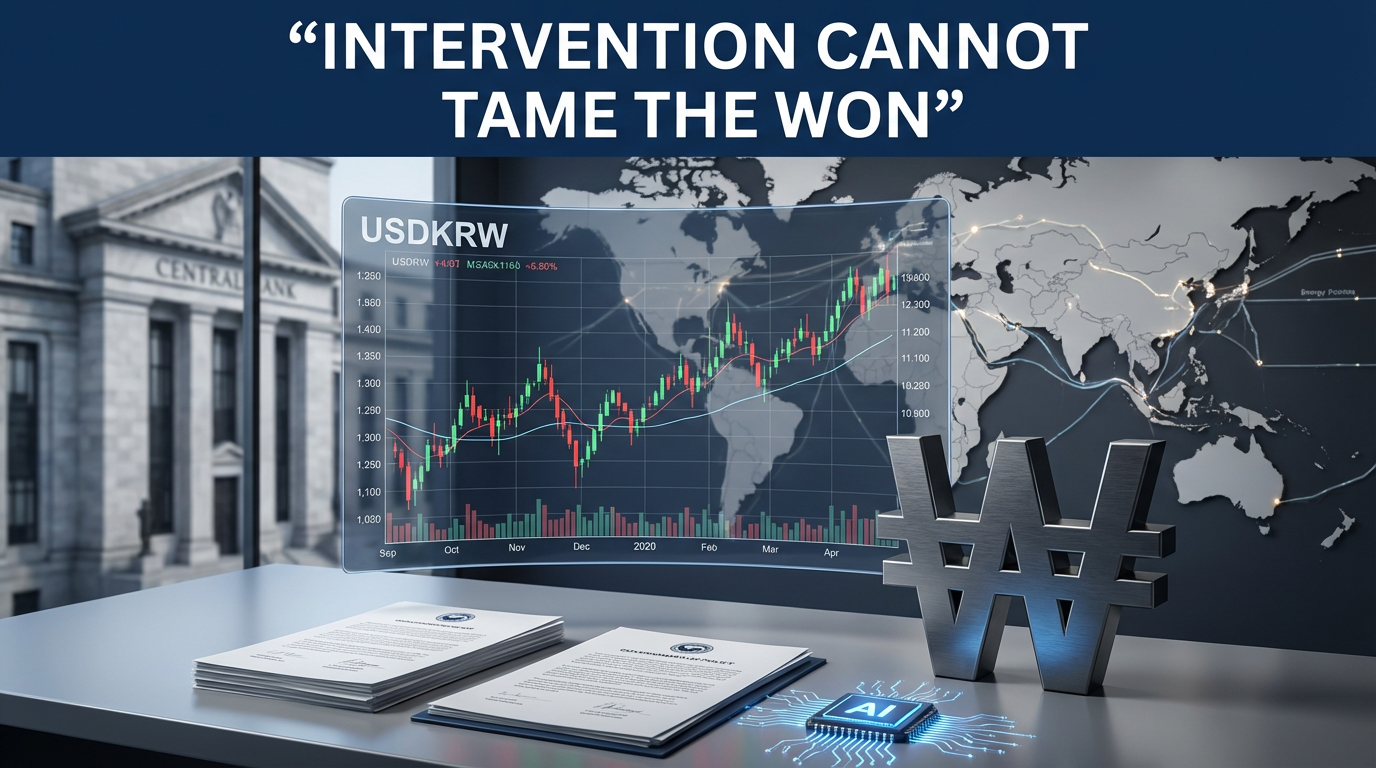Understanding the Essence of Money and the Monetary System
How is Money Created?
Money is fundamentally created by central banks and commercial banks. Central banks issue national currencies and supply them to governments and financial institutions. However, most of the money we use daily is created by commercial banks through lending, not by the central bank.
- Cash (Paper Money and Coins): Issued by the central bank and sold to commercial banks for circulation.
- Commercial Bank Loans: When a bank issues a new loan, the amount is added to an account, which creates new money.
- Credit Money: When we deposit money in a bank, the bank can re-lend it as an asset. This money is the primary currency driving the current economy.
Where Does Money Come From?
Money is not simply backed by assets but is created through **debt**.
Currently, most money is created as loan-based credit money rather than actual assets and circulates in the economy.
That is, new money is created when you take out a loan from a bank, and that money disappears when the loan is repaid.
Who Benefits?
- Banks: Earn interest by lending money and have the exclusive right to create money.
- Government: Can issue money directly through the central bank and adjust the currency supply to match the economic situation.
- Financial Corporations/Large Enterprises: Can manipulate investments and speculation by exploiting economic booms and recessions.
Purpose and Use of Money
Money is not just a medium of exchange; it can also be a powerful tool for exerting economic influence.
- Medium of Exchange: Exchange of goods and services between individuals and businesses
- Store of Value: Means of holding assets (e.g., savings, investments)
- Unit of Account: Standard for comparing and quantifying economic activities
- Government Operation: Used for national welfare, infrastructure development, and economic policy adjustments
History and Operating Principles of the Monetary System
1. Classical Gold Standard (Commodity Money)
In the past, precious metals like gold were used as currency. At that time, money could only be issued up to the value of the gold held. However, as the economy grew, the gold standard revealed its limitations.
2. Fiat Money System
After the collapse of the gold standard, modern currency has established itself as **fiat money (currency valid by law) guaranteed by the central bank**. Fiat money is not backed by physical assets and is used solely based on credit.
3. Money Created by Central Banks and Commercial Banks
Central banks determine interest rates to control the money supply and increase or decrease the currency supply through policies such as Quantitative Easing. However, most (about 97%) of the total money supply is created by commercial banks, and this process is done through loans and credit creation.
4. Imbalance of the Financial System
The biggest problem with the current monetary system is the debt-based money system. While the economy must continuously create new money as it grows, this can ultimately lead to an unstable economy.
Economic Crises and Problems of the Monetary System
1. Root Causes of Financial Crises
- Indiscriminate Credit Creation: The economy grows through loans, but at the same time, more and more debt accumulates.
- Speculative Financial Products: Banks multiply wealth by creating various speculative financial products, including derivatives and mortgage-backed securities.
- Widening Inequality: The wealthy secure assets, while the poor must live with more debt.
2. Bubble Economy and Financial Panic
If the economic boom continues, financial institutions will issue more loans, and asset price bubbles (such as soaring housing prices) will occur. However, if economic conditions worsen, it becomes difficult to repay loans, and the risk of a financial crisis increases.
3. Bank-Centered Financial Monopoly
- When a financial crisis occurs, the government bails out banks on the verge of bankruptcy, but the burden ultimately falls on taxpayers.
- Banks and financial institutions are using this structure to continuously expand their economic power.
Monetary Reform and Alternative Economic Systems
1. Building a Fair Monetary System
- Reform of the Debt-Based Money System: The structure needs to be reorganized so that new money can be issued without debt.
- Government-Led Currency Issuance: If the government, rather than banks, directly issues currency for public services and infrastructure, financial monopolies and unnecessary debt increases can be prevented.
2. Basic Income and Public Finance
- Introduction of Basic Income: The central bank can change to provide money directly to the people rather than to commercial banks. This can provide an alternative to resolving inequality and preventing financial crises.
- Introduction of Public Banks: If the economy is operated through public banks rather than private banks, a more stable financial system can be established.
3. The Future of Digital Currency and Blockchain
Central Bank Digital Currencies (CBDC) or Blockchain-based Decentralized Finance (DeFi) are gaining attention as alternatives that can solve the weaknesses of the current financial system.
Conclusion
The current monetary system has inherent instability due to the debt-based economy and includes structural problems in which governments and banks exercise power. Therefore, discussions on new financial systems and monetary reforms are needed, and it is important to establish a fair and sustainable economic model.
[Related Articles at Next-Korea.com]
*Source : [Moconomy – 경제 및 금융] 돈의 시스템 | 부채로 돌아가는 세상 | 경제를 움직이는 숨겨진 원리



